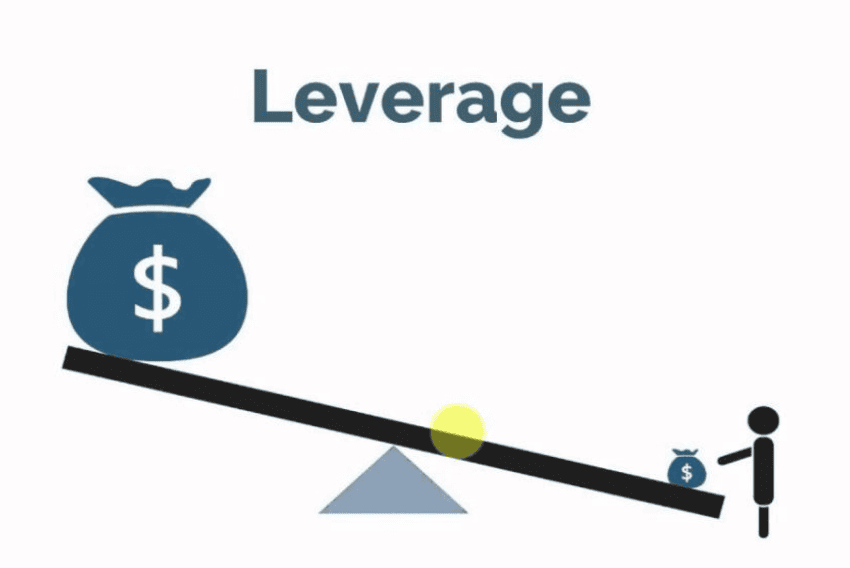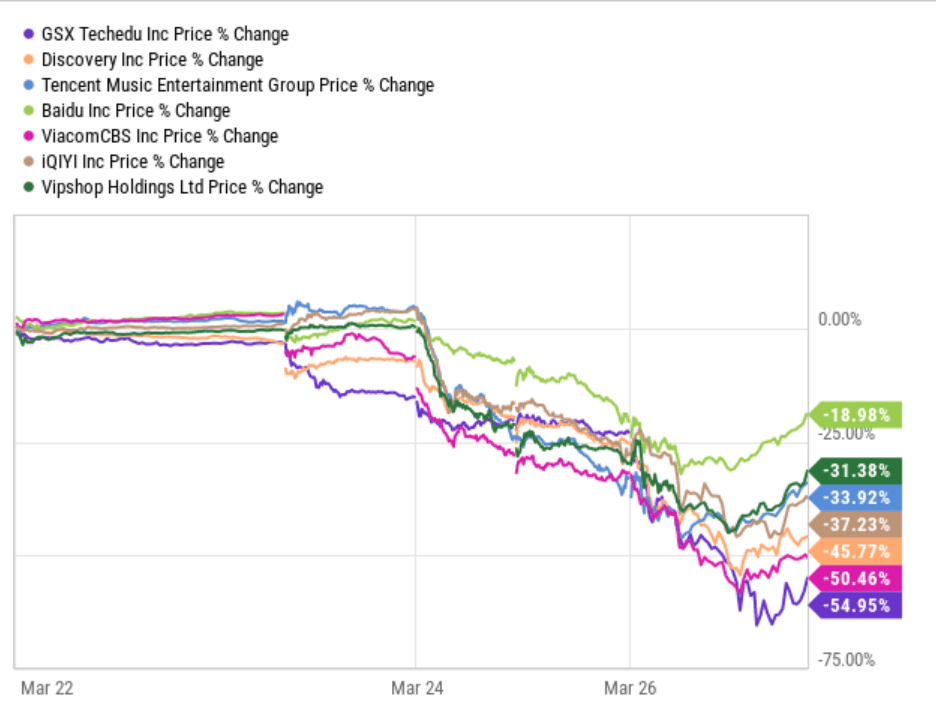Leverage: the 9th wonder of the world?

Albert Einstein was once asked what the most powerful force in the universe was. After a thoughtful pause and not without a sense of humour, he replied that it was compound interest, which he would later describe as being the world's eighth wonder.
If we were looking for a candidate to fill the number nine spot on that list, we could easily pick another innovation from the world of finance; leverage.
If we look at a dictionary definition for the term, we find the following.
"The use of credit to enhance one's speculative capacity"
The concept of financial leverage is probably most familiar to us in a mortgage loan, a loan secured against a property.
To secure a mortgage, it’s normal for the buyer or buyers of the property to put down a deposit that acts as their “skin in the game”.
A bank or other lender finances the purchase price balance through a loan that runs over a fixed term, usually measured in 25-30 years.
This is made at a known or referenced rate of interest, which may be fixed or variable over the loan term. For example, the rate may be set at central bank base rates +X%.
The buyer of the property finances the loan through the payment of interest, which compounds over time to make the lender a healthy return on their loan, assuming all goes well.
The ever-present longevity of a mortgage and the nature of its commitment can be summed up through a literal translation of the word mortgage from the French, where it means “death pledge”.
Of course, that rather sombre definition only looks at the liability side of the transaction. It doesn’t take into account the opposite side of the coin, and that is the asset that the mortgage is taken out over.
All things being equal, the asset will have appreciated over the lifetime of the loan. And in modern times, it will have often done so to such an extent that its value now exceeds the loan's original value.
Under those circumstances, the death grip is loosened and may even be released completely if the property’s owners choose to sell it and repay the outstanding mortgage balance.
That’s all very interesting, but what has any of this got to do with trading and investing?
Well, just over 20 years ago, traders in London had the great idea to introduce leverage into OTC financial instruments such as CFDs and rolling spot FX.
This effectively democratised the availability of leverage in trading by providing it to the man in the street who could now gear up their trading account and speculate on the markets in a way that wasn’t possible before this point.
The availability of leverage in margin FX and CFD trading was a marketing team's dream. A whole new industry sprung up to offer these products (which had previously been the preserve of hedge funds) to retail traders.
Eventually, competition for that business was such that brokers began to raise the levels of leverage that they offered to their customer base.
Put simply, that meant that traders could control an ever-larger parcel of stock, an equity index or FX pairs with a smaller and smaller deposit, which brings us to today.
It all sounds great. Because, of course, if your position was leveraged 500 times, then so was your P&L. A dollar profit became 500 dollars.
Well, not so fast because leverage is a two-way street that magnifies profits and losses.
And whilst leveraged positions in profits create equity in your account, leveraged positions that are in loss eat away at your account balance and ultimately undermine it completely.
Events in the spring of 2021 highlighted exactly why traders need to respect and control their use of leverage, and the consequences of not doing so could not be clearer.
Bill Hwang of Archegos Capital Management, a hedge fund turned family office with $20 billion in assets, effectively evaporated overnight thanks to a combination of risk concentration and excessive leverage.
Put simply, the fund had too much money chasing too few positions.
You might have thought that having $20 billion to invest would mean that you wouldn’t need access to leverage, but Archegos Capitals strategy was to leverage that vast sum by as much as 7x times through a network of banks and brokers. The trick was that none of these banks knew just how much leverage the other parties had offered Archegos.
But no one, not even a hedge fund of that scale, is bigger than the markets, and when some of these positions fell in price and value, the fund’s brokers asked for additional margin to shore up its trading accounts.
By this stage, the banks were concerned about their own liabilities and whilst they were talking to each other about they should proceed, one or two of the banks started to try and close out the positions they held for the hedge fund.
Once word got out that this was happening, it became a free-for-all, and the stocks that Archegos held plummeted. And that, of course, created even larger margin calls that the fund had no hope of meeting.
Below is Archegos' biggest positions in their fund and how quickly things folded within a couple of days after the music stopped. ViacomCBS, a respected US media company, fell by over 50% in 2 trading sessions.

These events reinforced another lesson for traders - the one that says the end of the party is never pretty if everyone heads for the exit simultaneously.
It also reminded us of how an imbalance between supply and demand can influence prices (Gamestop or AMC, anyone?)
You probably haven’t got $20 billion, but you do have your nest egg and trading capital that you worked hard to build up. Please don’t blow it by leveraging and concentrating your risk in one or two big positions.
A disciplined approach to money management and risk is the key to successful trading and investing. When you don’t use that disciplined approach, it often goes horribly wrong, as the former Hedge Fund Archegos Capital found out.
We’ll never share your email with third-parties. Opt-out anytime.